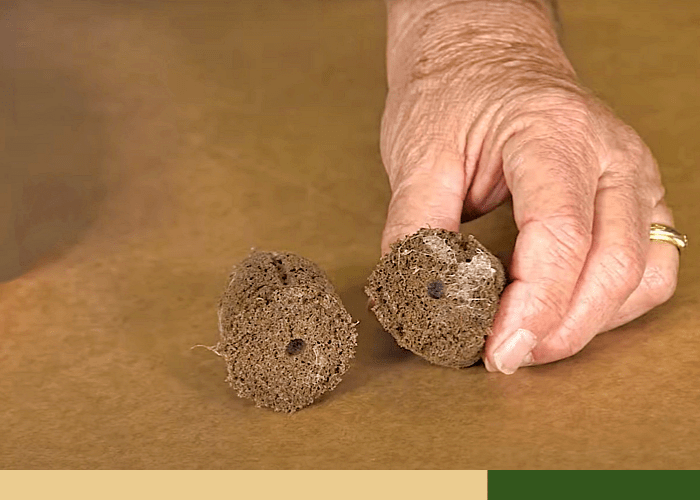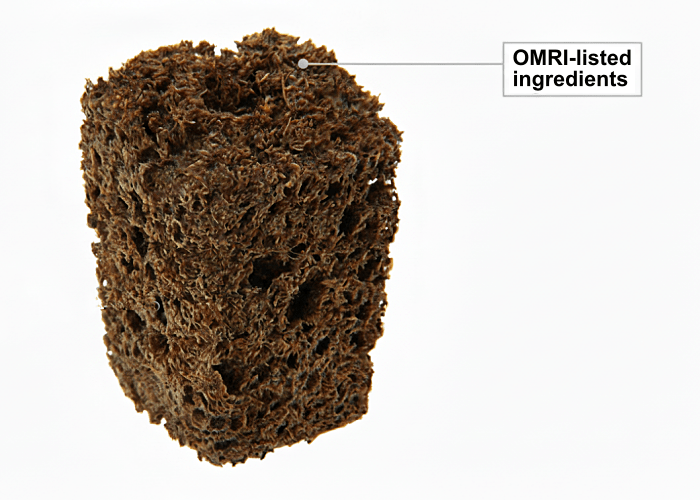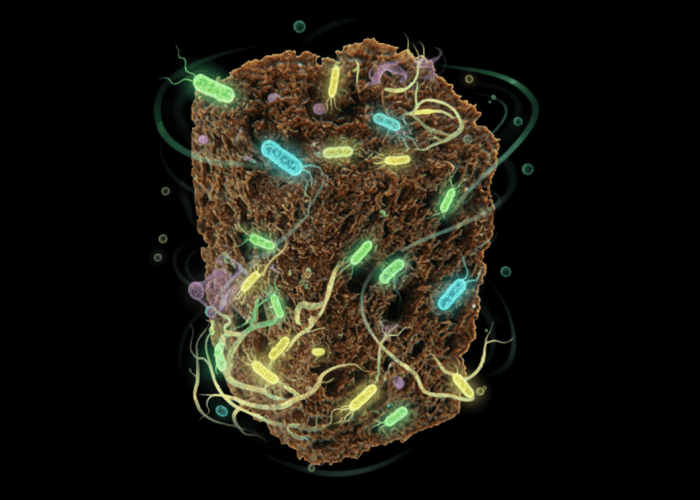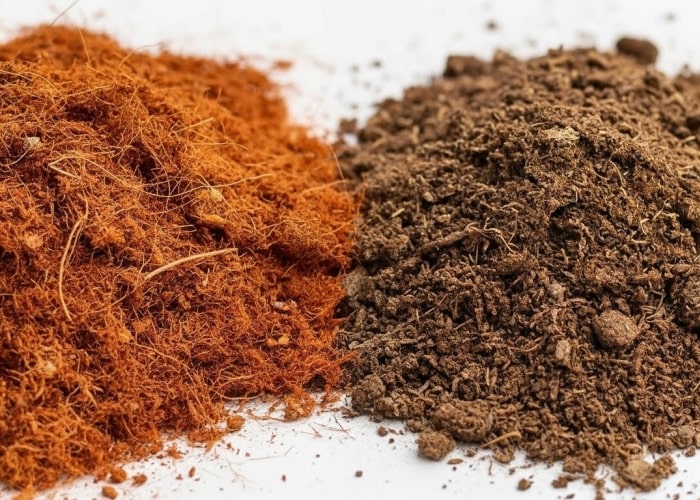Let’s discuss the white bloom you may have observed on some of our plugs, which is a naturally occurring beneficial fungus called Trichoderma. This organism plays a vital role in plant health, and its presence is due to the high-quality, all-natural ingredients we use in our products.
What is Trichoderma?
Trichoderma is a genus of fungi commonly found in soil and organic matter, including peat-based products. It is widely recognized in horticulture for its beneficial effects, such as promoting root growth, enhancing nutrient uptake, and protecting plants from certain pathogens. This fungus naturally thrives in environments that are moist and nutrient-rich, conditions that our plugs provide due to their composition and our production process.
Why Does the Bloom Occur?
The occurrence of Trichoderma bloom is a byproduct of our commitment to using natural materials. Our plugs are produced using organic ingredients and are packaged while still warm and slightly moist. This environment can occasionally create the perfect conditions for Trichoderma to flourish. It is important to note that we do not intentionally inoculate our plugs with any beneficial organisms; the bloom is a natural response to the conditions provided by the plug’s ingredients and packaging.
Addressing the Bloom
While the presence of Trichoderma may be unexpected, it is completely harmless to your crops. In fact, its role in the plant ecosystem is largely positive, contributing to overall plant health. However, we understand that the visual appearance of mold can be concerning.
To assist you in managing this bloom, we have prepared a brief instructional video that outlines simple and effective steps to mitigate the presence of Trichoderma: How to Manage Trichoderma Bloom. Additionally, we have attached a detailed lab report that provides further insights into the nature of this fungus and its impact.
Industry Perspective
It’s important to recognize that Trichoderma can be found in any peat-based product, not just ours. This is a well-documented phenomenon in the horticulture industry. For your reference, we have included links to articles from some of the world’s leading peat suppliers, which discuss similar occurrences:
- Kekkila Professional: Mould in Peat – What to Do
- Berger: Presence of Mold in Peat Bales
- Premier Tech Horticulture: Presence of Mold on Growing Media
Mitigation Techniques
Should you wish to reduce the visibility of the bloom, there are several remedies available:
- Over-the-counter Hydrogen Peroxide (H₂O₂): A light application on the plugs can help manage the bloom.
- Zerotol Drench: Applying a Zerotol drench prior to sticking can also be effective.
These methods are best employed once the bloom is detected. While complete prevention might not be feasible without sterilizing raw materials, these techniques can help mitigate the appearance of Trichoderma.
Final Thoughts
We hope this information provides clarity and reassurance regarding the natural occurrence of Trichoderma in our plugs. This is not an isolated issue but rather a common aspect of working with peat-based products. Our focus remains on educating our customers and providing them with effective strategies to manage these natural occurrences.
Please contact us if you have any further questions or concerns.



